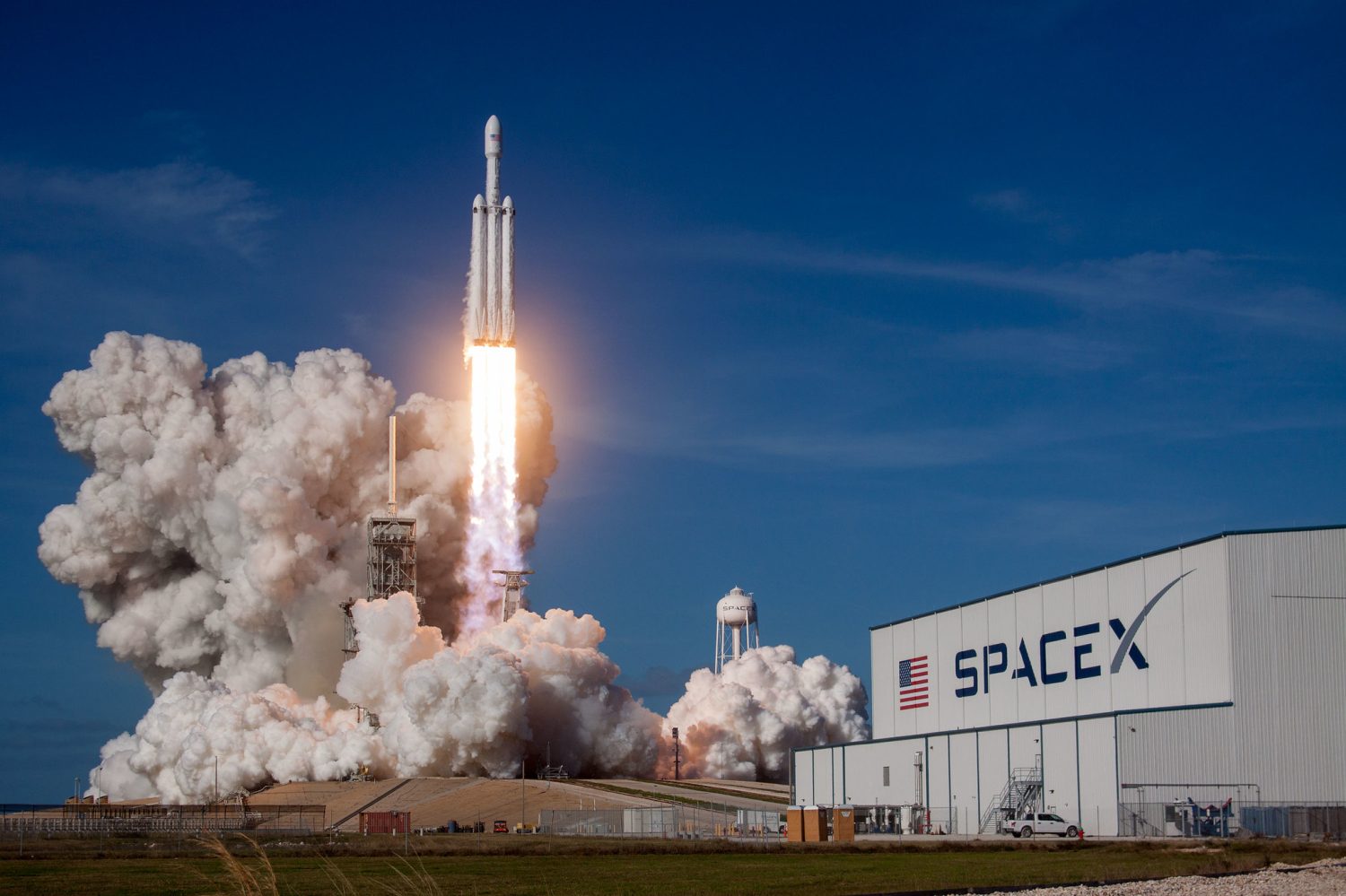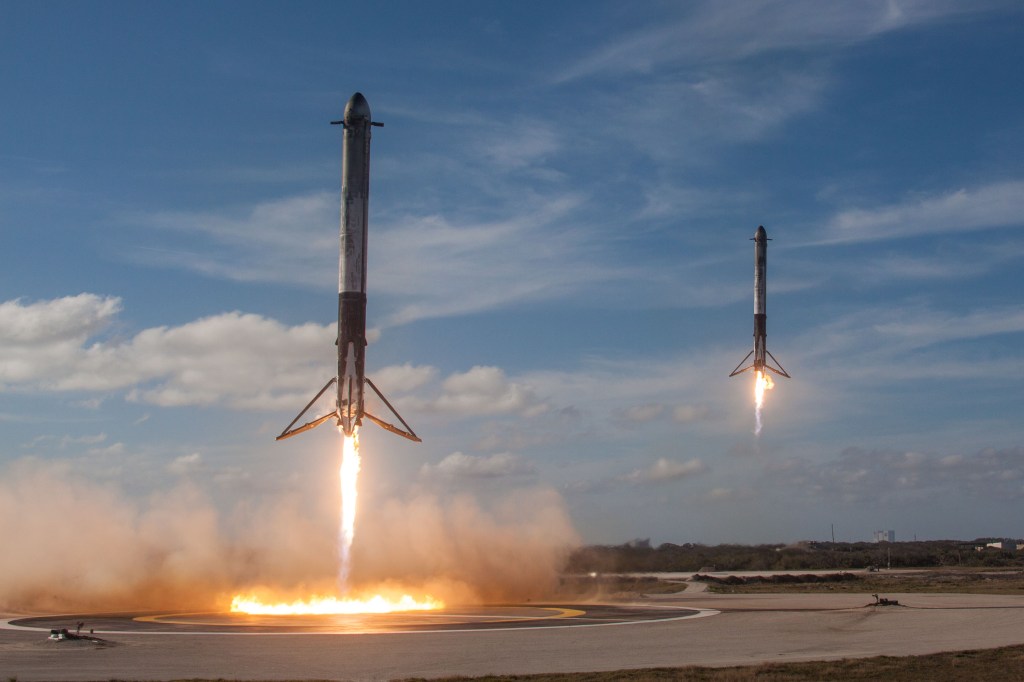
What do you get when you take three Falcon 9 boosters and strap them together? Well, a Falcon Heavy of course. The second most powerful operational rocket (surpassed only by NASA’s Space Launch System), SpaceX doesn’t get to launch it often, but when they do, everyone wants to see it. The next Falcon Heavy launch is scheduled for no earlier than June 25, 2024, from LC-39A at Kennedy Space Center.
The next SpaceX Falcon Heavy launch is GOES-U
Unlike the last Falcon Heavy launch, which was for Air Force’s highly classified X-37B spaceplane, this mission is for NASA and NOAA’s GOES-U spacecraft.
GOES-U, which will become GOES-19 once in orbit, will replace GOES-16 which makes up the eastern region of the GOES network. These weather satellites are the most advanced satellites currently operated by NOAA and sit out in geostationary orbit, overseeing the continental US, South America, and the Western Coast of Africa.
This satellite is extremely important for not just traditional weather monitoring, search and rescue, and tracking national disasters, but also for hurricane season. Being able to focus on the Gulf of Mexico and see hurricane forming system begin in Africa, gives meteorologists ample data to track and alert the public about incoming storms.
The launch is planned for June 25 at 5:16 P.M. ET at Kennedy Space Center’s LC-39A. Right now, the two booster used by SpaceX’s Falcon Heavy rocket are planned to return to LZ-1 and -2 at Cape Canaveral Space Force Station.
This will be SpaceX’s first Falcon Heavy of 2024 and the tenth for the rocket overall. It’s been over six months since the last Falcon Heavy launch and for the rest of the year, there are only a handful on the manifest. NASA’s Europa clipper is set to launch in October and in November, Astrobotic’s Griffin Lander will use one to fly to the Moon.

How to watch SpaceX’s Falcon Heavy launch
Like previous SpaceX launches, we expect to see full coverage of the Falcon Heavy launch through the company’s X profile. Because this is a NASA mission, NASA will also co-host the stream on their platforms as well, including NASA TV, YouTube, and other social media sites like Facebook.
List of previous launches
| Mission Name | Launch Date | Notes |
|---|---|---|
| Falcon Heavy Demo | February 6, 2018 | Launched Elon Musk’s Tesla Roadster into a heliocentric orbit near Mars. Both side boosters landed successfully at LZ-1 and 2, but the center’s drone ship landing failed. |
| Arabsat-6A | April 11, 2019 | First Falcon Heavy to use Block 5 boosters, the side boosters landed successfully, but the center core’s drone ship landing failed again. |
| STP-2 | June 25, 2019 | The first night launch of the Falcon Heavy, launched a plethora of satellites into orbit, including Lightsail-2. The landing outcomes remained the same as in previous attempts. |
| USSF-44 | November 1, 2022 | Launch directly into geosynchronous orbit for the DoD. SpaceX did not attempt to recover the center core. |
| USSF-67 | January 15, 2023 | The first launch of the Phase 2 launch contract with the then US Air Force to support classified missions. |
| ViaSat-3 | May 1, 2023 | Similar to USSF-44, this mission delivered the payload directly into geosynchronous orbit, only recovering the fairings. |
| Jupiter-3 | July 29, 2023 | Heaviest and largest geostationary launched to date. Launched into GTO, allowing for booster recovery back on land. |
| Psyche | October 13, 2023 | NASA mission to the asteroid 16 Psyche, believed to be an entirely metal asteroid. |
| USSF-52 | December 29, 2023 | Fourth flight of the Air Force’s X-37B uncrewed, research spaceplane. |
No earlier than April 15, 2023, from LC-39A at Kennedy Space Center
FTC: We use income earning auto affiliate links. More.

Comments